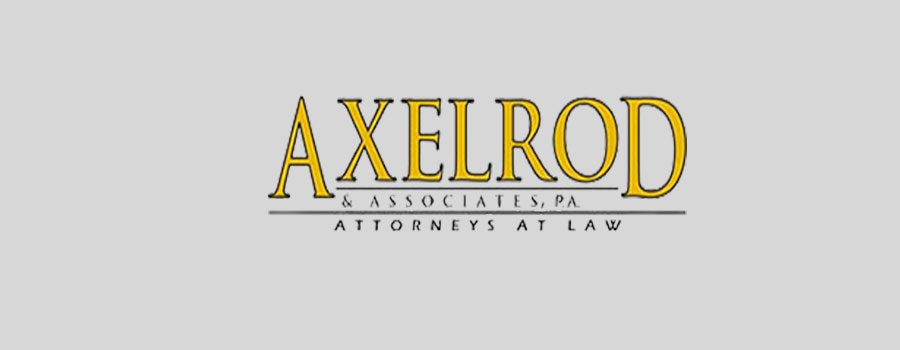4701 Oleander Drive, Suite A
Myrtle Beach, SC 29577
4701 Oleander Drive, Suite A
Myrtle Beach, SC 29577
What Does Negligence Per Se Mean in an Auto Accident Case?
When the at-fault driver in your car wreck committed a traffic violation that caused your crash, it is called “negligence per se.”
It creates a presumption that they were negligent and liable for your injuries, and the only issue remaining might be, “How much money are they obligated to pay you for your damages?”
How does it work?
Below, we will go over the basics of negligence per se in SC, including:
- What negligence per se means,
- How to prove negligence, causation, and damages in a car wreck,
- How negligence per se is affected by comparative negligence, and
- Examples of negligence per se in SC auto accidents.
WHAT DOES NEGLIGENCE PER SE MEAN?
Negligence per se, in the context of an auto accident, is when a driver violates a traffic law that was intended to protect the public.
For example, there is a law that says drivers must obey traffic signals, and that law is clearly designed to protect the public from car crashes. If someone runs a red light, violating the law that says they must obey traffic signals, and it results in a car crash, they are negligent per se.
The plaintiff doesn’t need to prove that the other driver was negligent if the other driver was convicted for running a red light and if their actions in running the red light caused the crash.
How does that affect your auto accident claim?
Proving Negligence in a Car Wreck Case
In all car wreck cases, the plaintiff must prove that the other driver was negligent (or grossly negligent or engaged in intentional conduct).
Negligence means that the person 1) owed a duty to keep other drivers safe, 2) breached that duty, and 3) the breach of their duty to keep you safe caused your damages. In most cases, negligence must be proven before the jury can move on to decide how much money should be awarded.
If the other driver committed a traffic violation that resulted in your injuries, however, their negligence is presumed – they are per se negligent, and the only question remaining should be how much they need to pay to compensate you for the damages you have suffered.
Causation
The defendant’s negligence must be the proximate cause of your injuries – if the defendant was negligent, even per se negligent, but their negligence was not the proximate cause of your injuries (for example, another vehicle struck you or there was some intervening cause of the crash), then they are not liable for your damages.
Damages
If we establish that the other driver was per se negligent because they violated a traffic law, you must still prove your damages – and, rest assured, the insurance company will dispute the damages and do everything possible to minimize the amount of money they are forced to pay you.
Comparative Negligence and Negligence Per Se
Comparative negligence may be a defense to negligence per se.
For example, if the other driver was speeding at the time of the crash (negligence per se), but you ran a red light just before the collision, your comparative negligence could 1) reduce your recovery or 2) prevent you from recovering any damages at all.
Not wearing a seatbelt in SC, however, is not comparative negligence and can never be considered as a defense to liability or damages in SC courts.
If you contributed to the accident in some way, however, your damages could be reduced by the percentage of fault attributed to you up to 50%, and you could be barred from any recovery if your percentage of fault is greater than 50%.
EXAMPLES OF NEGLIGENCE PER SE IN A CAR CRASH
Violation of any law or regulation could be negligence per se when the law or regulation was intended to protect against the type of harm that resulted.
For example:
- A truck driver’s violation of hours of service regulations,
- Other violations of state or federal regulations by a truck driver or the company they work for,
- Driving under the influence of alcohol or drugs,
- Speeding,
- Failure to obey traffic signals (red lights or stop signs, for example),
- Following too closely,
- Not using a turn signal,
- Disregarding pedestrian crossing signs, or
- Driving in the wrong lane.
Other Types of Negligence Per Se
Negligence per se doesn’t just apply to car wrecks – it’s a rule of law that applies to many different types of lawsuits and personal injury cases.
For example:
- Strict liability is a form of negligence per se that might apply to defective products, hazardous materials, or animal attacks,
- A doctor can be negligent per se if he or she violates laws or regulations designed to protect patients,
- A contractor can be negligent per se if they violate local building codes or other regulations, or
- A realtor or real estate broker can be negligent per se if they violate laws or regulations designed to protect home buyers.
GOT AXELROD?
Proof that the other driver violated a traffic law that resulted in your crash can take liability “off the table” at trial, leaving only the question of damages and how much compensation the other driver must pay for your injuries.
Your SC auto accident lawyer on the Axelrod team will help you to determine who was liable for the crash and whether comparative negligence or negligence per se will apply in your car accident case. Call now at 843-916-9300 or send us a message for a free case evaluation.
Need help? Contact Axelrod & Associates, P.A.

Request your
Consultation
The fields marked with * are mandatory.



